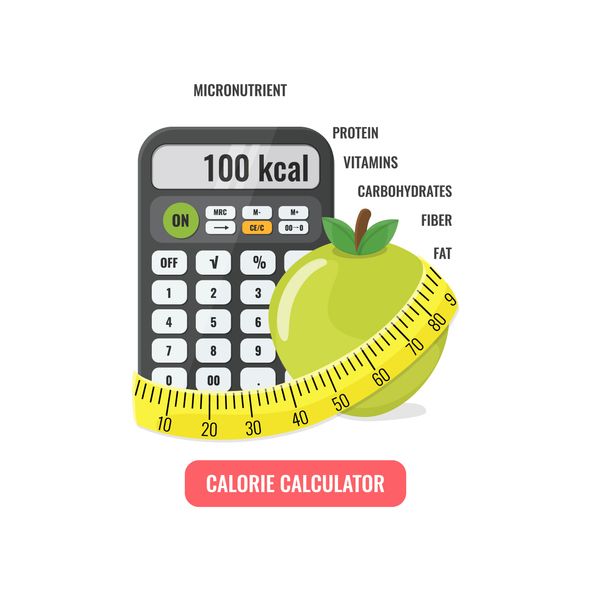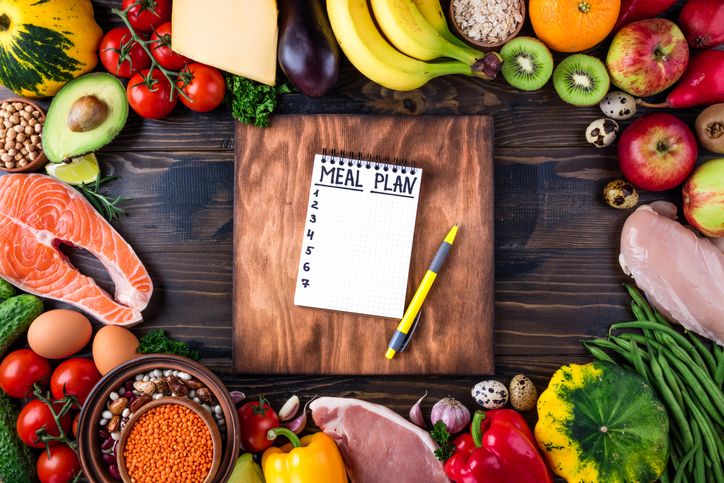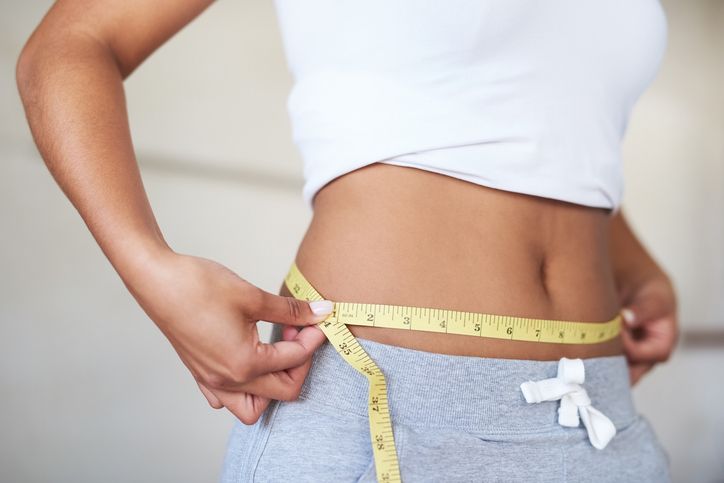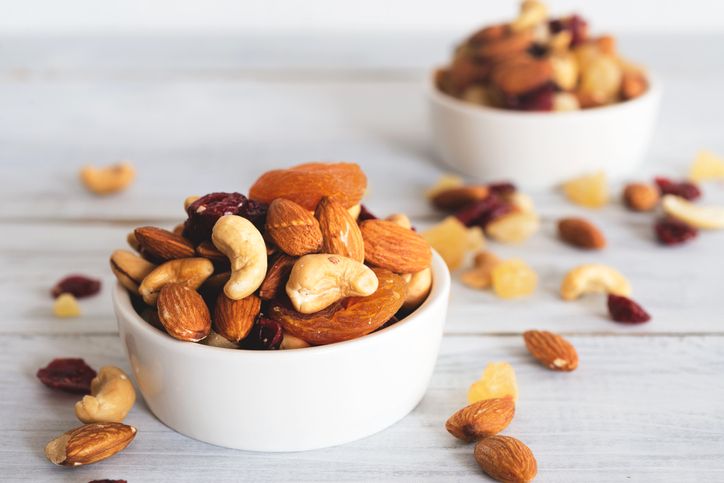

Book Now to Experience
S6 Body Sculpting Treatment
1 Minute Self-Registration
Date should not be before minimal date
Author: Natalie Ng|28 April 2025
If you’re thinking about starting a weight loss plan, you’re not alone. Most people want to lose weight at some point—whether it’s for health reasons, to feel more comfortable, or to build healthier habits. But short-term diets and extreme routines often lead to quick results that don’t last. The truth is, long-term weight loss takes time, consistency, and realistic changes you can actually stick with. Before jumping into the details, it's important to understand the basics. A sustainable weight loss plan should help you lose excess weight without cutting out entire food groups or relying on fad diets. It should support your body’s metabolism, fit your daily routine, and improve your overall health. Eating fewer calories, choosing healthier foods, and adding regular physical activity are key steps. The goal isn’t to lose weight fast—it’s to build a healthy diet and lifestyle that works for you, now and later. In the next sections, we’ll break down what actually works, how many calories your body needs, and which eating habits support fat loss and better health. Keep reading to learn how to create a weight loss plan that’s practical, flexible, and built for long-term results.

1
Set Realistic and Measurable Goals

Use the SMART Goal Method
Break Larger Goals Into Smaller Steps
Track More Than Just the Scale


2
Calculate Your Daily Caloric Needs

Start With Your Basal Metabolic Rate (BMR)
Multiply by Your Activity Level
Create a Calorie Deficit
Track Your Intake
Pay Attention to How Your Body Responds
Read More

3
Design a Balanced Meal Plan

Focus on Food Groups, Not Just Calories
Include Lean Proteins
Choose Whole Grains Over Refined Carbs
Fill Half Your Plate With Fruits and Vegetables
Don’t Avoid Healthy Fats


4
Incorporate Regular Physical Activity

Aim for Consistency, Not Perfection
Mix Cardio and Strength Training
Make Movement Part of Everyday Life

Book Now to Experience
S6 Body Sculpting Treatment
1 Minute Self-Registration
Date should not be before minimal date

5
Track Progress and Adjust Accordingly

Use Multiple Tracking Methods
Watch for Trends, Not Daily Changes
Schedule Regular Check-Ins


6
Develop Mindful Eating Habits

Eat Without Distractions
Slow Down Your Eating
Tune Into Hunger and Fullness Signals
Be Aware of Emotional Eating

7
Plan for Social Events and Travel

Bring Healthy Snacks With You
Look at Menus in Advance
Make Smart Choices While Dining Out
Stay Active While Traveling


8
Manage Stress and Sleep Quality

How Stress Affects Weight Loss
Simple Ways to Reduce Daily Stress
Why Sleep Matters for Weight Loss
Tips for Better Sleep

Book Now to Experience
S6 Body Sculpting Treatment
1 Minute Self-Registration
Date should not be before minimal date

9
Create Healthy Shopping and Meal Prep Routines

Plan Before You Shop
Focus on Whole Foods
Prep Meals in Advance
Keep Healthy Staples on Hand


10
Enhance Your Weight Loss Plan with S6 Body Sculpting Treatment

What is S6 Body Sculpting?
How S6 Complements a Sustainable Weight Loss Plan
Why Choose S6 Body Sculpting?
FAQ
Can I Take Supplements or Vitamins to Boost My Weight Loss Results?
While supplements can support your overall health, they aren't magic pills for weight loss. Focus on proven supplements like protein powder, green tea extract, or fiber supplements that help manage hunger. Always check with your doctor before starting any supplements, as many weight loss products aren't regulated and can be dangerous. You'll get better results by prioritizing whole foods and establishing healthy eating habits.
What Should I Do if I Hit a Weight Loss Plateau?
When you've hit a plateau, it's time to shake things up. Recalculate your calorie needs, as your lighter body requires less energy. Try changing your workout routine by adding strength training or increasing intensity. Track your food intake closely, as portions might've crept up. Consider cycling your calories with higher and lower days. Finally, focus on sleep and stress management, as they impact weight loss success.
How Long Does It Take to See Noticeable Weight Loss Results?
You'll typically notice initial changes within 4-6 weeks, though the timeline varies based on your starting point and approach. Scale weight might drop within 1-2 weeks of consistent effort, but visible changes in your body composition take longer. Friends and family often notice changes before you do, as you see yourself daily in the mirror.
Should I Avoid Eating After a Certain Time in the Evening?
You don't need to stop eating at a specific time - it's more about your total daily calorie intake than when you eat. However, if late-night snacking leads you to consume extra calories, you might want to set a personal cutoff time. Listen to your body's natural rhythm and eat when you're genuinely hungry. If you're active late, you might need fuel in the evening.
Is It Better to Eat Many Small Meals or Fewer Large Meals?
Both eating patterns can work - it's about finding what fits your lifestyle and keeps you feeling energized. Small, frequent meals might help you maintain steady energy levels and prevent overeating, while fewer, larger meals can be more convenient and satisfying. You don't need to force yourself into a specific eating pattern. Listen to your body's hunger cues and choose a meal frequency that makes you feel your best.

Book Now to Experience
S6 Body Sculpting Treatment
1 Minute Self-Registration
Date should not be before minimal date
Recommended Articles
COPYRIGHT© NEW BEAUTY MANAGEMENT LIMITED 2025. ALL RIGHT RESERVED.




